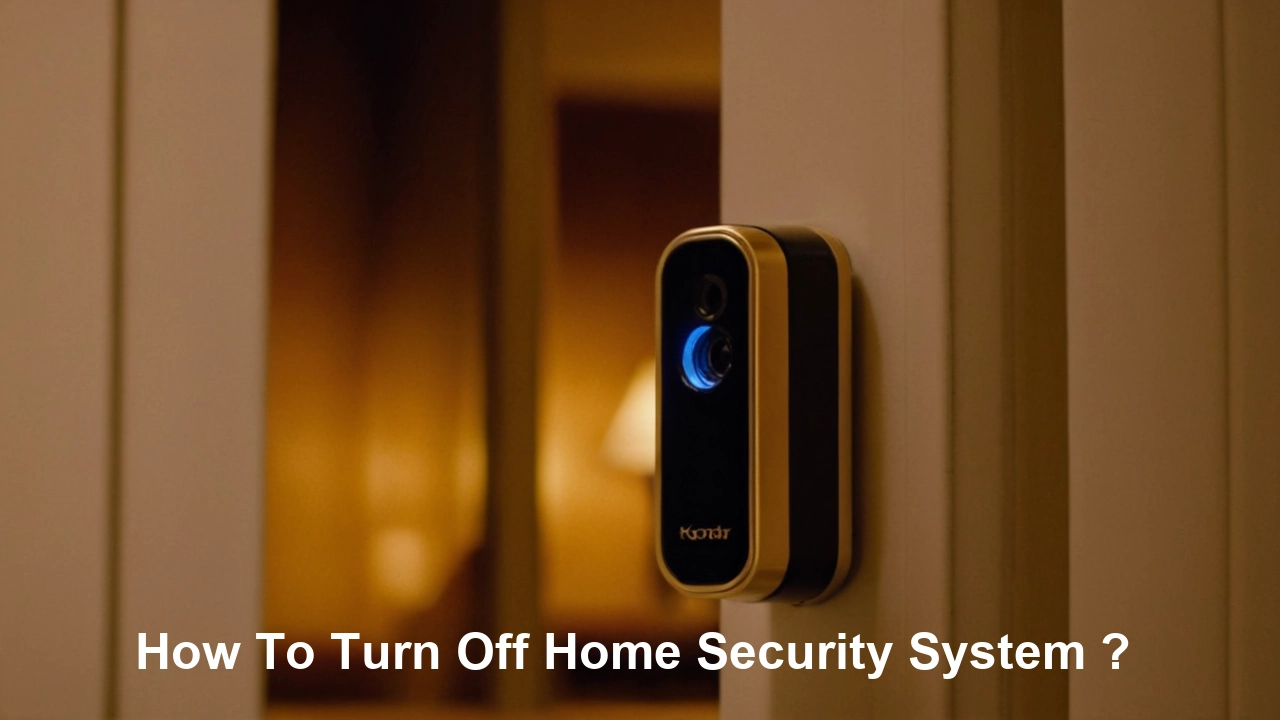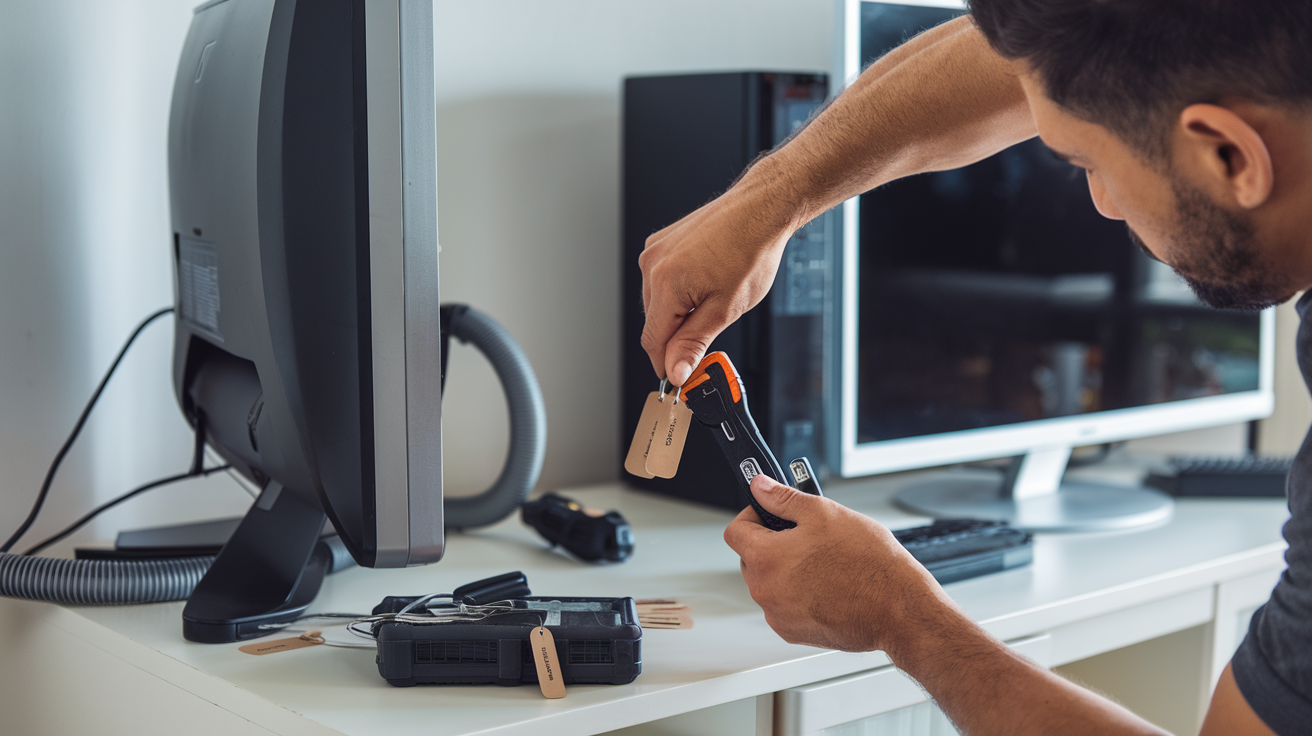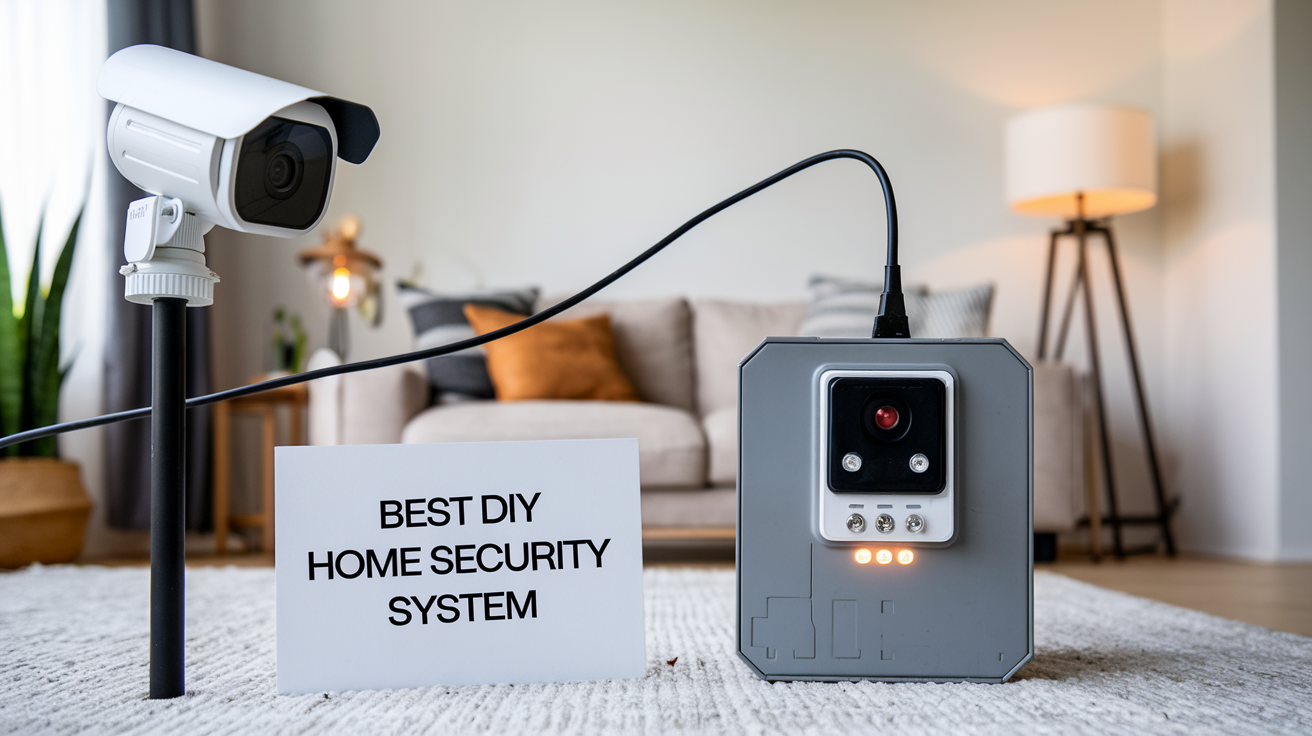Disabling the Home Security System
Meeting Your Home security systems are intended to notify homeowners of invasions and other threats in the home. These usually include several sensors placed on doors, windows, and other potential entry points that are connected via wires to a central control unit. It also works as a main hub for monitoring all the connected devices and is also used for arming and disarming the system.
When the security system is placed in the armed position then all devices connected to it are monitored for breaches or intrusion. Any of the sensors that are set and activated when the system is armed, like when a door is opened, will set off the alarm. This will usually sound a loud alarm and may also trigger a signal to an offsite monitoring company to call emergency services.
Due to this, you must learn how to effectively shut down or reset your system when going into or out of the home so as not to set off the alarm or siren unnecessarily. They often get triggered accidentally, and not disarming the system in time is one of the most frequent causes of such events, which can lead to fines from local municipalities or providers of alarm services.
Some of the reasons why you should turn off your security system include: As you are going to read further, there are several main reasons why you will want to turn off your home’s security system.
First, before getting into the house, you will have to turn off the system so that the movement inside the house sets off the alarm, which is in the interior motion detectors. Every home security system has a delay timer; it allows you to get into the house and then switch off the system before the alarm sounds, though this time is usually less than one minute.
You will also have to switch off your security system if you are likely to have people coming into your home, such as visitors or members of your family while you are away. You don’t want them to walk into an active alarm system. Any delivery or service people should also have the system disabled beforehand if they’re going to need to come in while you’re gone.
Last but not least you would be required to shut down your system if any maintenance, security system check, or component replacement is required. Since these interior motion detectors as well as all other security sensors can trigger the loud siren it is recommended that you turn them off any time you are likely to be opening doors and windows or otherwise compromising the secured perimeters around your home.
Different ways can be followed to turn off a security system and some of them include the following. The method for turning off a security system varies between providers, models, and types of control panels, but generally follows a similar set of overall steps: The method for turning off a security system varies between providers, models, and types of control panels, but generally follows a similar set of overall steps:
Locate Control Panel, To begin with, first, it is necessary to find the primary security panel that is responsible for distributing electricity to all the security appliances and controlling the armed status. Most panel models also have a rectangular shape with a digital keypad and display at the front. They can be placed near the front door, in the master bedroom closet or cellar, or a garage. Otherwise, consult with your security provider as to where this is.
Access Premises Through Designated Entry-Exit Door When using the security system to arm your house, move through the entry door that has a time delay installed on it. This provides a time window after you open the door to key in the disarm code before the alarm sounds. It may lead to the activation of the alarm system when other doors are opened without having to go through an entry delay.
Enter the Valid Security Code However, as soon as you are within the safety of your own house, proceed straight to the security panel control keypad. Press the ‘#’ button and enter the correct master code or user code to turn off the alarm. The codes are usually numbers and are typically four digits in length. An improper or invalid security code will not disarm the system and may result in an incorrect-code system fault or a tamper alert after several attempts.
Verify System Disarmed After entering a proper security code wait for a few seconds to ensure that the system has disarmed properly. If the system is disarmed the control panel screen will show the message System Disarmed or there will be a steady green READY light. If the screen still displays the Armed or Exit Now message, the system has not been disarmed yet. The last check should involve listening to any beeping or buzzing sounds coming as a warning from the internal control panel that indicates that the system is still partly or fully armed.
Deactivate Certain Protective Features If you require only to turn off part of the general security system, navigate for button settings or menu choices on the panel screen to switch off some interior motion detectors without disarming other exterior security sensors. This might be useful if quickly letting a pet outside or making a brief foray out into the yard while retaining the main intruder alert system cover.
Power System Down Completely For full maintenance or repairs, the identification of the incoming A/C power source plug or connection wires is recommended for complete disconnection of electrical power. The fully powered-off feature makes all the electronic devices, inside motion sensors, control panels, and alarms, turn to a disabled state before the doors, windows, or security sensors around the property are opened or if alarm triggering is an issue. It simply means that once it is connected, the main system must be plugged back in to regain monitoring and alarm features.
Why a Security System Fails to Turn Off Disconnection problems may arise when one wants to disable a home security system. Here are some of the most common reasons the system fails to power down: Here are some of the most common reasons the system fails to power down:
Incorrect Security Code Every home security system will have a master 4-digit code that can be used to disarm the panel. If an invalid, outdated, or simply incorrect security code is entered, the system will remain armed after the input is made and also, it may set off the false code alert. Check with your provider or look at code hints normally located in the small compartment under the keypad that flips down.
Unresponsive Equipment If none of the lights, screens, or keypad digits come on when attempting to use the control panel, it is likely that there is an electrical problem or a hardware problem that is denying disarm. All total touchscreen failures or control panel crashes will need technical repair service to come and reboot or replace the faulty gear so that it works accurately again.
Uncertainty on Which Panel Is the Main Some large home security systems have additional control panels placed at different locations in the home. This assists in offering user access from several interior zones. Ensure you find out, which of the panels is considered the main, master unit connected to the main alarm computer and system router, so the disarm commands entered at the secondary remote panels are properly synchronized.
Expired User Access Codes Security codes that are invalid with the most current software, or by changes in the user management may not switch off the alarm system when entered. It is advisable to consult the home administrator or the security provider to ensure that the entered codes are valid. Codes can sometimes require upgrade or reallocation depending on the changing occupants in a home over time.
Alarm at its highest state of alert If the entry sensors have already been tri tripped or violation alerts sent during an intruder breach event, the system may continue counting through its programmed number of siren cycles before allowing codes to reset the panel to the disarmed mode. Once any alarms stop, wait for a timeout of 15-60 seconds before attempting to turn the system off normally.
Contact Technical Support If Required If, after attempting the above troubleshooting tips, any specific control panel issue remains unresolved, then it is advised to directly call the installed security provider technical support. As they are involved in remote system diagnostics and equipment monitoring, they are in a better position to identify faults and recommend actions required for a quick fix. Additional field technicians can always be sent to the property site in case there is a need for them.
Remain Safe & Keep Observing Even while fixing any issues that may come up occasionally with the control panel also ensure that doors are locked, motion is on where it can be, and maintain periodic phone contact with neighbors as an additional precaution in case of any alarm system malfunction. It is therefore important to remain vigilant to maintain protection for a home.
Protect your home today with ADT’s top-rated security solutions!
Call now at +1 877-470-7879 to get a free consultation and find out how you can secure your home with the best in the business. Don’t wait—ensure your peace of mind with ADT!






